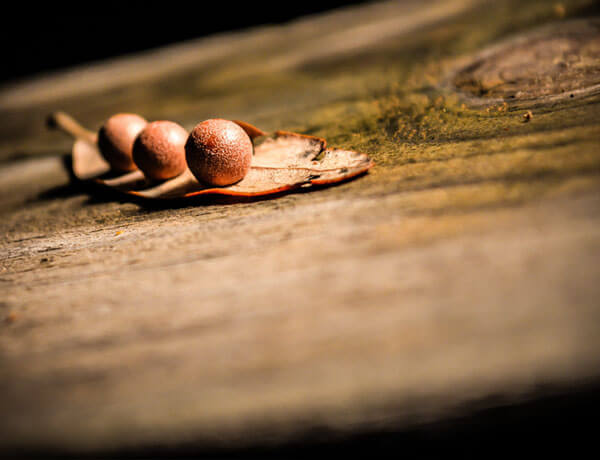-
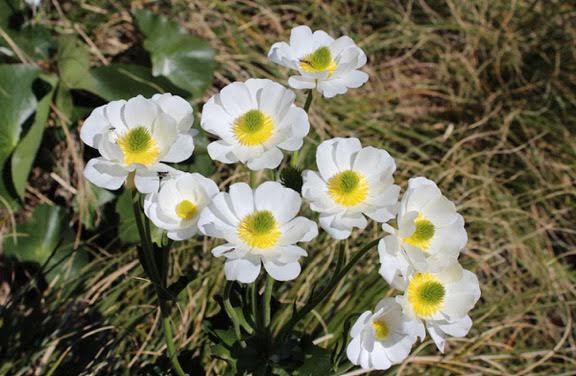
Mount Cook
2nd January 2017 • Stephanie's Blog • Stephanie Donaldson
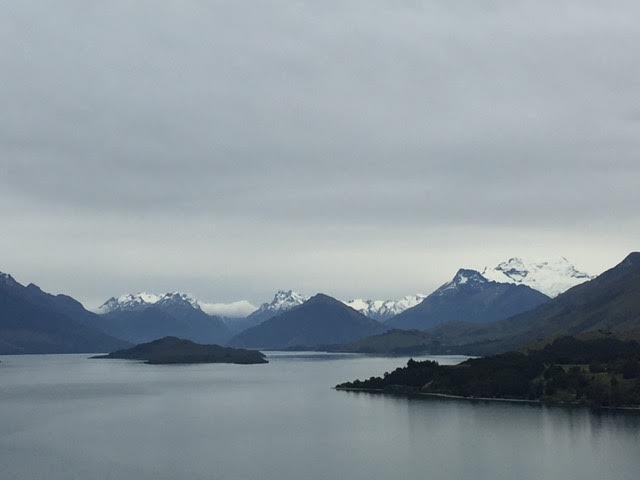 We had been admiring the snow clad Southern Alps for some days as we travelled around and were greatly looking forward to the literal and metaphorical high point – our visit to Mount Cook.
We had been admiring the snow clad Southern Alps for some days as we travelled around and were greatly looking forward to the literal and metaphorical high point – our visit to Mount Cook.
 The evening before the sky was deep blue and cloudless, the morning after equally so, but on the day itself as we drove towards New Zealand’s highest mountain, it became apparent that Mount Cook’s famously variable weather was not going to cooperate. The closer we got, the murkier and more miserable it became and my ideas of strolling through alpine meadows admiring the unique flora of the area were not to be.
The evening before the sky was deep blue and cloudless, the morning after equally so, but on the day itself as we drove towards New Zealand’s highest mountain, it became apparent that Mount Cook’s famously variable weather was not going to cooperate. The closer we got, the murkier and more miserable it became and my ideas of strolling through alpine meadows admiring the unique flora of the area were not to be.
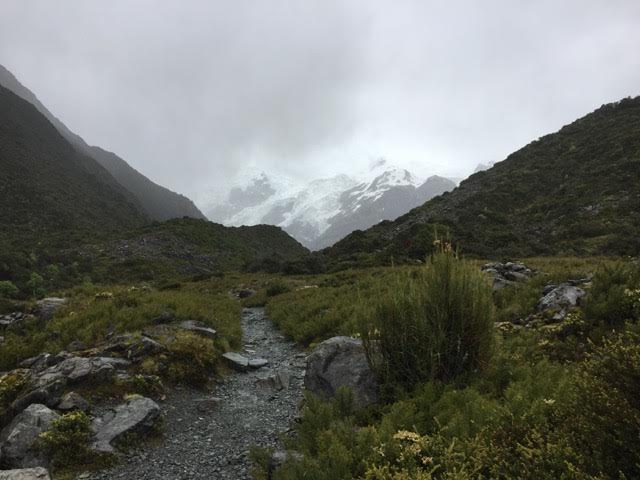

Undaunted, we put on every possible layer of warm/waterproof clothing and set off to see what we could see. Mainly we saw torrential rain, with occasional hail, enlivened by gusts of wind that threatened to blow us off the path. We barely left the valley floor and it quickly became apparent that it was more of a feat of endurance than a pleasant stroll, so after an hour of tramping (as the New Zealanders call moderately challenging walks) we turned round and headed back when we heard a crack of thunder – actually this may have been a section of the Franz Josef glacier detaching itself and crashing into the lake below – but we weren’t going to hang around and find out.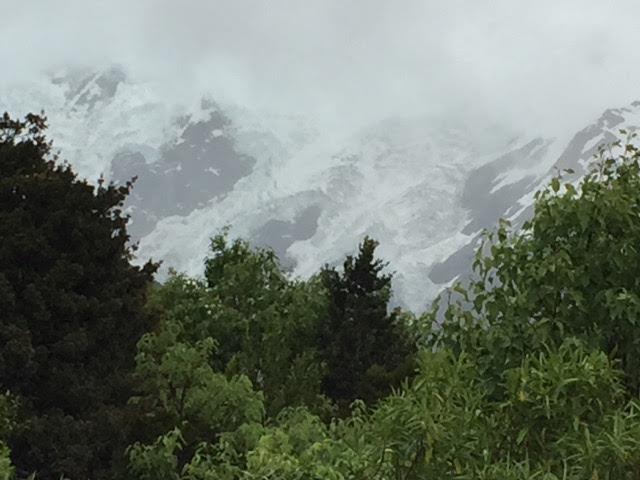
Franz Josef Glacier
Sadly we didn’t see the famous Mount Cook Lily, a stunning large white buttercup, and although we saw the leaves of Celmisia, the Mount Cook Daisy, the only one I saw in flower was a different member of the Celmisia family in a garden in Omauru. We did spot a tiny orchid with flowers no larger than the nail on my little finger growing under trees next to the path. It may be Lyall’s orchid but it wasn’t out fully enough to be sure. There were hebes in their natural habitat, gaultherias in full bloom, Dracophyllum not yet in flower and the strange low-growing Raoulia, known – once it matures – as the vegetable sheep because its white foliage and lumpy outline it looks like sleeping sheep. It is worth looking it up online. The one I photographed was still a very tiny lamb!
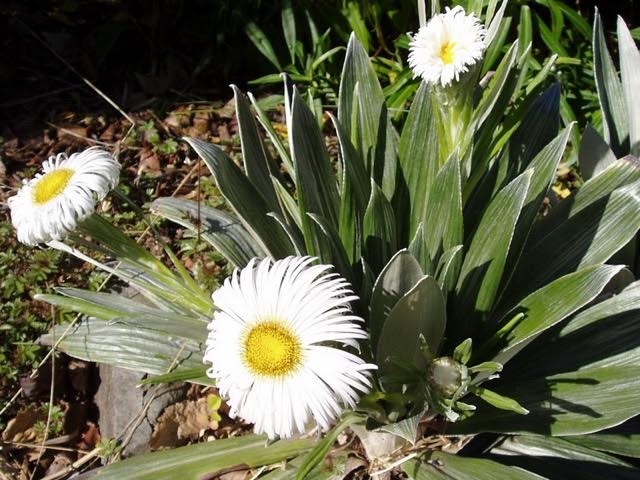
Mount Cook Daisy ©Department of Conservation New Zealand

Mount Cook Lily © Image from http://alpinismski.co.nz
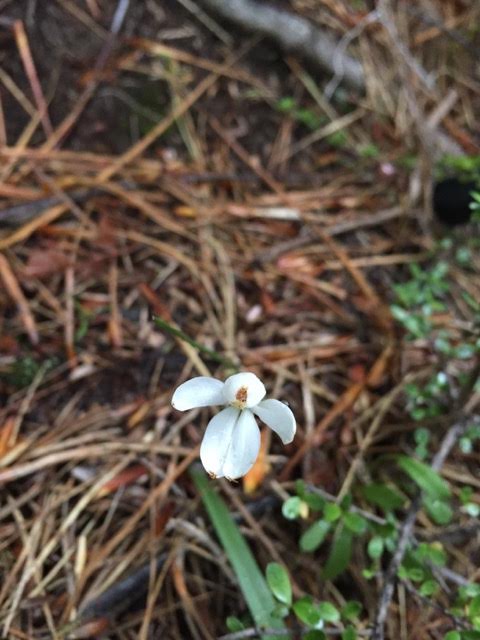
Lyall’s Orchid in the wild

Gaultheria – Snowberry
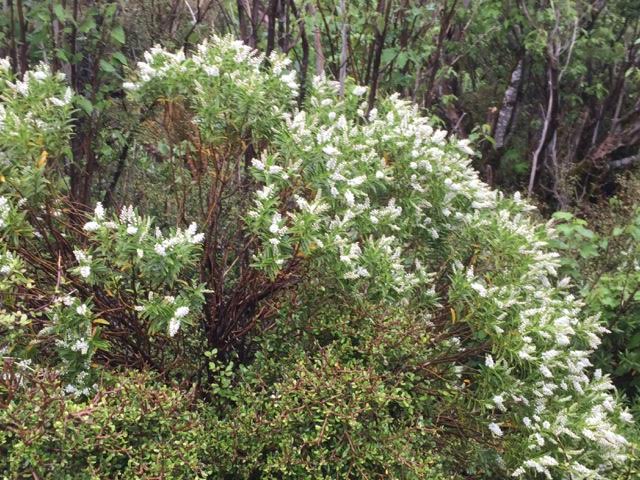
Hebes in the wild
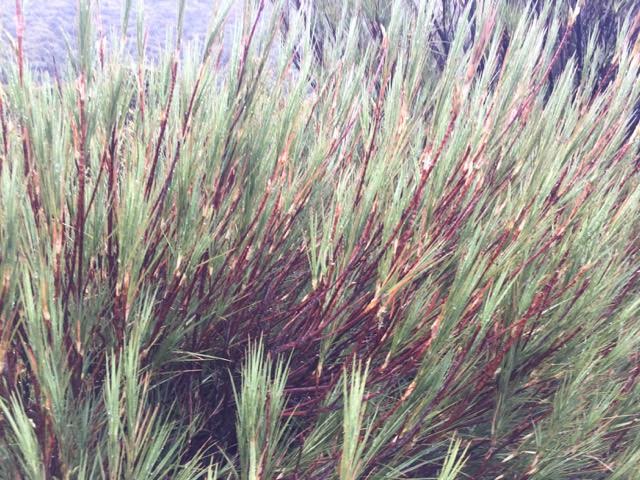
Dracophyllum longifolium
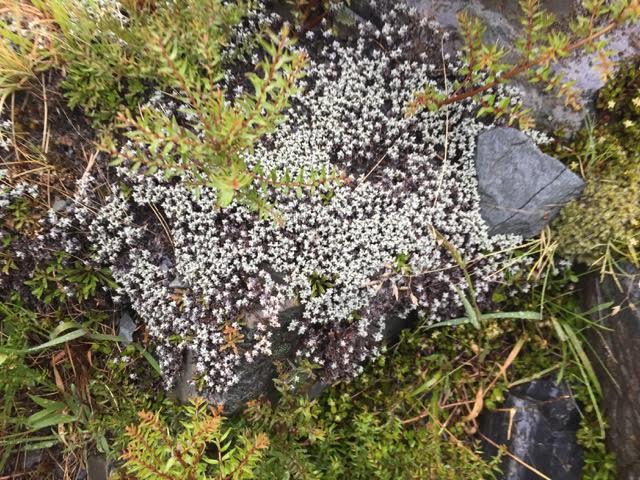
Vegetable sheep
But even here, there were non-native plants to be seen, aquilegias in amongst native ferns, raspberries, gooseberries and currants. I suspect the fruit bushes arrived here courtesy of the Kea, the parrot that lives in these alpine regions.
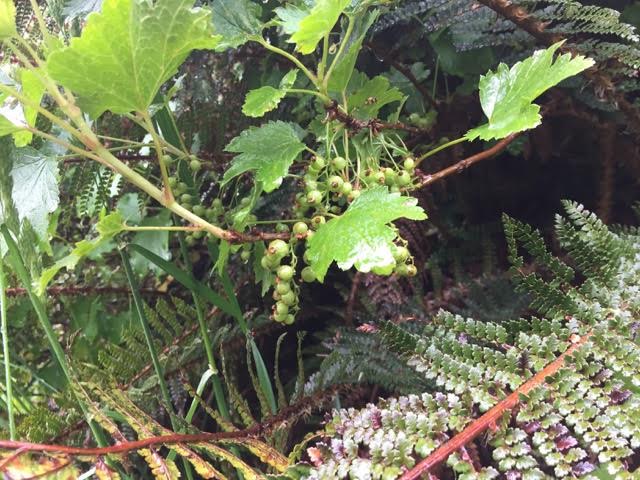
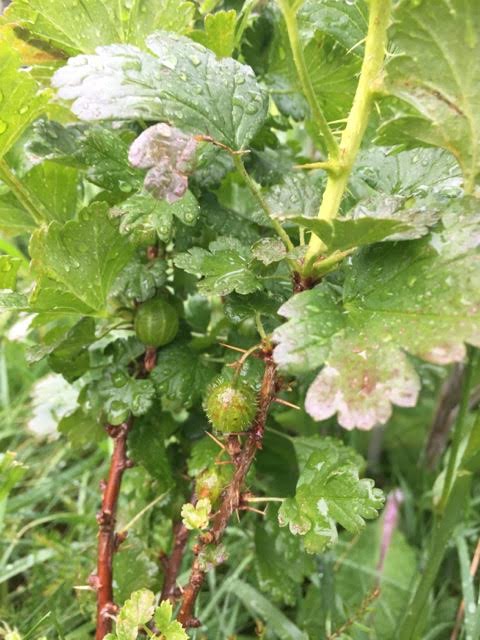
It’s always disappointing when the weather interferes with plans, but it certainly made the Mount Cook visit memorable and was just one of the factors that has us considering a return to New Zealand before too long.
There’s so much more too see – including the Mount Cook Lily.



